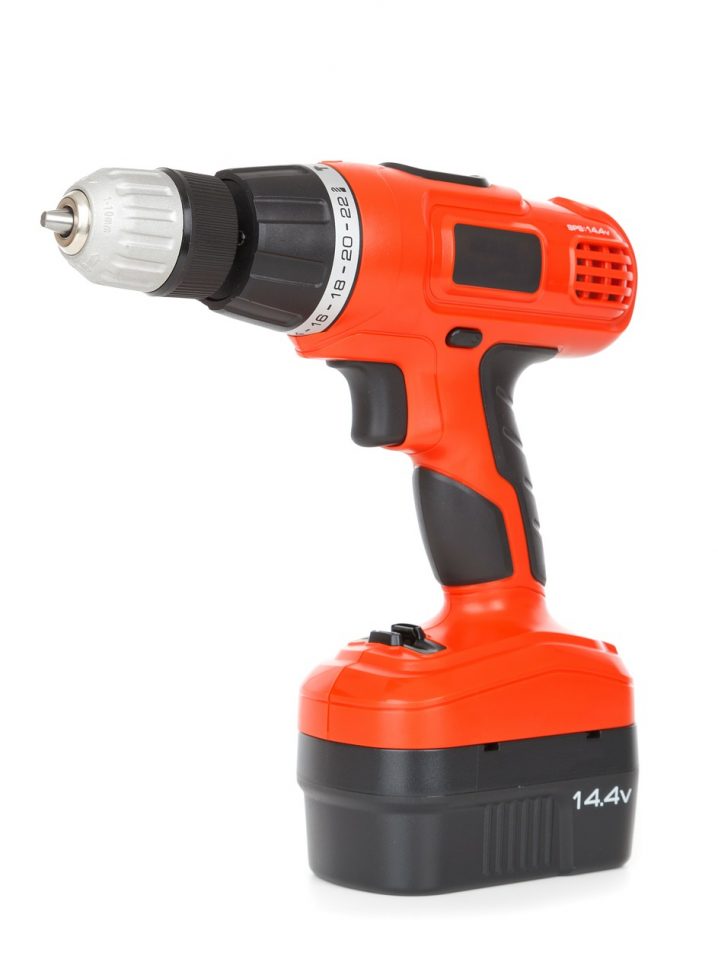Whether you are searching through cordless drill reviews to find the best 20v drill, the best 18v drill or any other of these tools you prefer, there are some important details you should know before making a purchase. These include selecting the kind of drill that best satisfies your needs, identifying the features you would like your drill to have and finding the correct battery system.
When it comes to the cordless drill/driver, both professionals and do-it-yourselfers most commonly use Dewalt 20v max, or Makita 18v cordless drill. They are typically used for projects as varied as building a deck, hanging a picture frame and pretty much every task in between.

How To Choose the Correct Type
It is important to choose your drill from the class that best matches the typical projects you undertake. You could even think about getting one from multiple categories to tackle various tasks.
Cordless Drill
Cordless drills are the most popular in its class and its versatility is largely responsible for this. There is a high speed intended for drilling and its variable clutch and lower speed are ideal for driving fasteners.
Cordless Right-Angle Drill
This operates similarly to a standard cordless drill; however, its right-angle gearing controls the chuck at a 90-degree angle to the motor shaft. That cuts the distance between the chuck tip to the opposite motor housing surface to approximately 4 inches; this enables work in tight spaces.
Cordless Impact Driver
The cordless impact driver can be compared to the pneumatic impact wrench used by mechanics to tighten and release lug nuts. It makes the same type of rapid sound caused by an internal mechanism constantly striking the rotating shaft. These blows allow for the driving and loosening of the biggest, most stubborn fasteners. The impact driver is quicker and more efficient in driving screws and it is less likely to cause stripping. Additionally, they are more compact and more lightweight than drills. See top rated cordless impact driver reviews.
Cordless Screwdriver
Cordless screwdrivers are nimble, lightweight and are great for driving smaller screws. They can be used for extended periods without causing fatigue. Additionally, their size assists in granting access to tight spaces.
Cordless Kits
Typically, a drill makes up a part of a kit that has many varieties of cordless tools that share one battery and charger. This provides significant savings in comparison to buying them separately. It is also ideal for individuals who will actually use the other tools included in the kit.
Seek Comfort
Some tasks require extended periods of holding the drill; therefore, ensure the one you choose has a comfortable and balanced feel in your hand. If your hands are small or your wrist strength is compromised, avoid getting the largest, most-powerful drill available. Buy a tool that can adequately complete the most-demanding project you typically tackle.
Get Adequate Power
The power behind cordless drills is measured in voltage. The higher the battery voltage, the more twisting strength and torque the tool will deliver. They range between 6 and 36 volts. Additionally, the higher the voltage, usually the heavier the drill will be. A 36-volt tool can weigh as much as 8 pounds; therefore, you should only go that big if absolutely necessary. For majority of users, a 12-volt drill will deliver sufficient power for common tasks. The best 18v drill will tackle heavy-duty applications.
Choose the Correct Chuck Size
The chuck size regulates the biggest bit shank the drill will accommodate. A ½-inch chuck is relatively standard and provides the flexibility of carrying out a range of tasks. These range from drilling smaller holes into wood to drilling huge holes into concrete or mixing drywall compound and heavy-bodied adhesives.
Consider the Speed
Mostly, cordless drills have 2 ranges of speed: low and high. Low ranges between approximately 300 to 400 rpm, with more superior torque for driving screws. High ranges between approximately 1200 and 1500 rpm)for drilling.
The Clutch
The clutch can be preset at different resistance levels to driving force. At this level, the clutch will slip, a quick ticking sound will be heard and no additional rotational force will be applied to the fastener. This prevents screws from snapping, stripping or being over-driven into the material.
Batteries and Chargers are Essential
The battery is the driving force behind any drill as it regulates the run time and power of the tool. In recent times, lithium-ion batteries have been widely used in cordless tools as they weigh less and hold charge better during rest periods. However, Ni-Cad batteries are less costly and deliver adequate performance, making them a good option for casual users.
Chargers are also vital. Recharge times vary among chargers and can range between approximately 15 minutes and 3 hours. Faster-charging chargers and their compatible batteries are usually more expensive. Having two batteries is remarkable for efficiency on larger projects as one can be charging while the other is in use.



